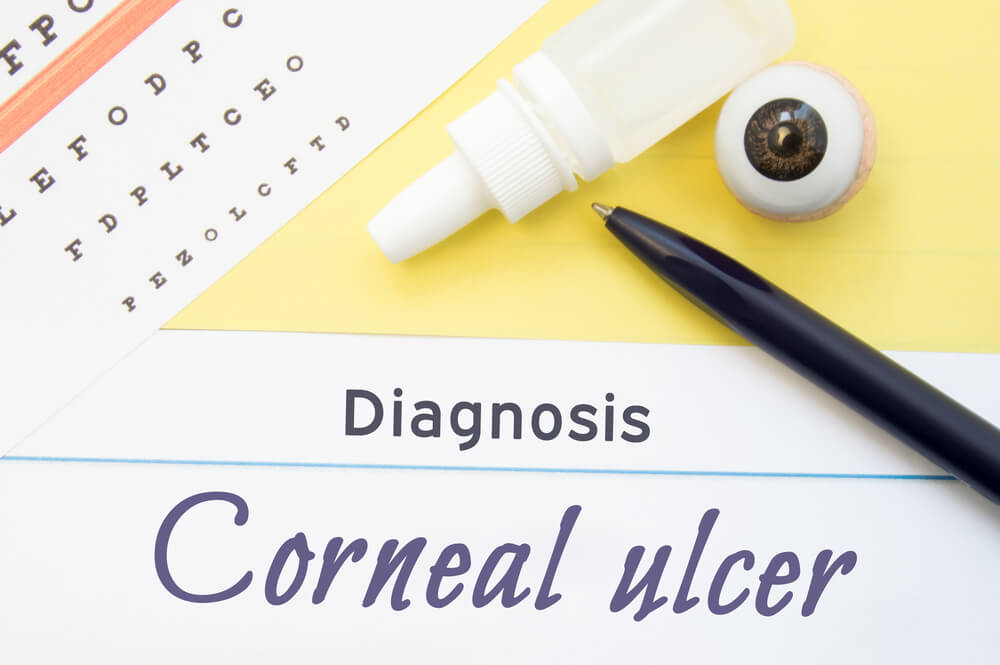Corneal ulcer, also referred to as keratitis, is an open sore built on the cornea. It is commonly caused by an infection. Moreover, this can be a result of infections from erosion or a small bruise on the eye caused by prolonged wearing of contact lenses.
Furthermore, corneal ulcers are caused by several types of infections, including:
- Herpes simplex keratitis
- Acanthamoeba keratitis
- Fungal keratitis
Other causes include:
- Eye injury
- Vitamin A deficiency
- Dry eye
- Inflammatory disorders
- Wearing unsanitized contact lenses
Moreover, individuals who wear disposable or expired contact lenses for an extended period have greater chances of developing corneal ulcers.


